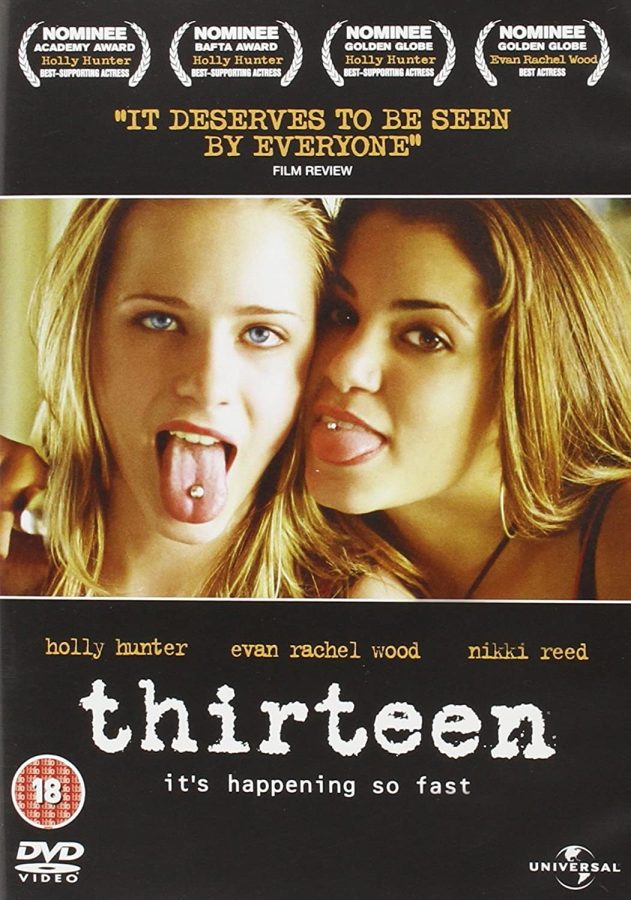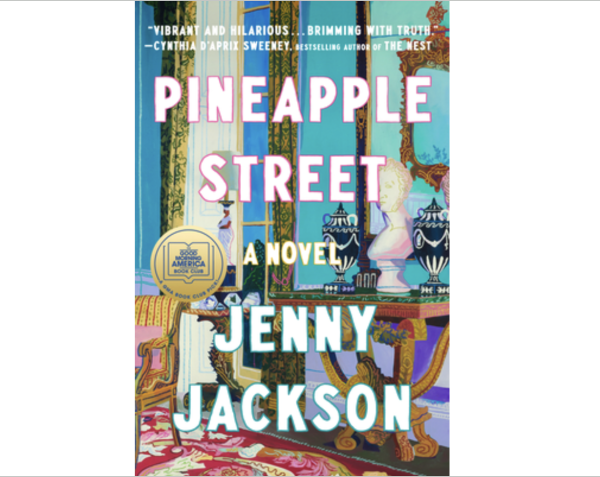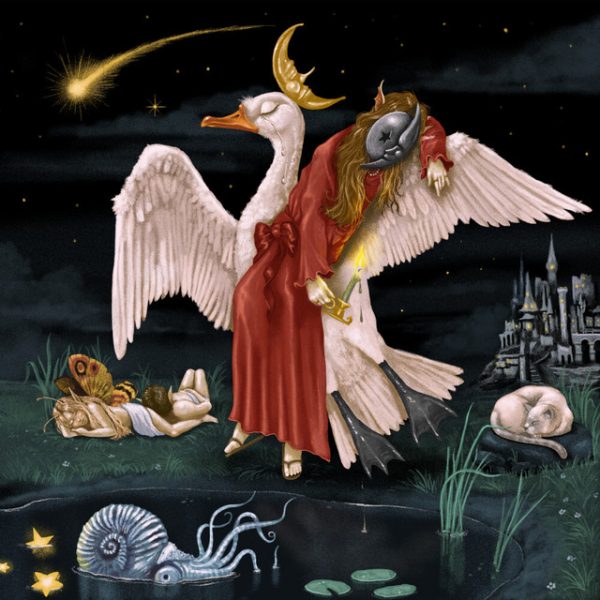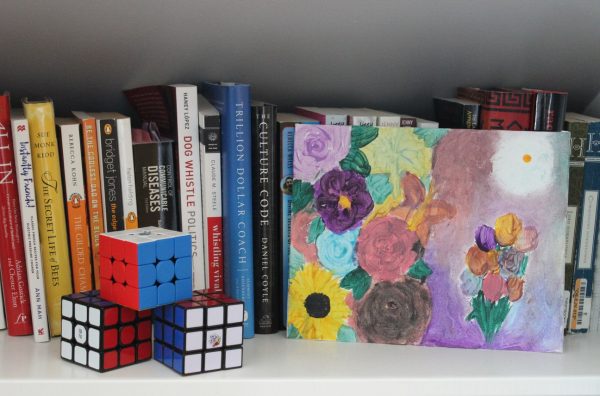“Thirteen” Review
Trigger Warning: This review discusses eating disorders, self harm, and substance abuse. Please take care of yourself.
Adolescence; the shaky period between being big and little. Not yet sure of our place, we can find them in people and danger—at least that’s what Tracy Freeman did.
“Thirteen,” the cult classic movie released in 2003, doesn’t feel dated or performative. Director Catherine Hardwicke based the film off of experiences of her thirteen year old stepdaughter, Nikki Reed. Reed also appears in the movie as Evie Zamora.
The story is based around a young girl named Tracy Freeland, who lives with her chaotic mother Mel and older brother Mason. Her father is out of the picture, and Mel has to do loads of work to provide for the family. Mel is also hinted at being a recovering addict throughout the film.
Tracy starts the film as a pigtailed girl, showing signs of depression that others are oblivious to. However, her character goes through an intense progression when she begins hanging out with a popular girl named Evie Zamora. The girls begin shoplifting, smoking, having sex, sneaking out, drinking and doing hard drugs. As Tracy spends more time with Evie, her depression increasingly takes over. Tracy begins cutting and starving herself. As her condition gets more critical, the coloring of the movie shifts with her.
As Tracy begins spiraling downward, we see her lose many things that matter to her. Her academic success, her relationship with Mel, and her old friends are all examples of this. But she’s willing to sacrifice it all for Evie’s attention and approval, showing how addicting and codependent friendships at that age can be.
Riddled with imagery and hidden hints, “Thirteen” proves itself to be a powerful film. While watching it, I felt sadness and unease. But I don’t think that’s necessarily a negative aspect. This movie exists as a cautionary tale, a warning to both parents and teens. Along with this, I found the costumes and symbolism of the movie so intriguing, with factors that could be analyzed for hours. With its dire honesty and bluntness, “Thirteen” has presented itself as a modern classic.









